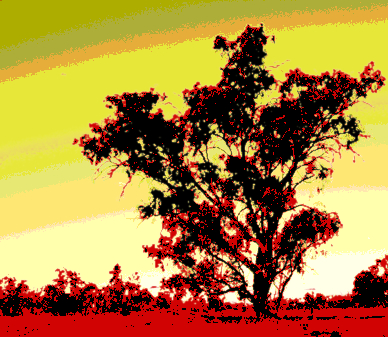Study shows gaps in NT
 Aboriginal and Torres Strait Islander people have the highest burn injury rates of all Australians, prompting calls for better services.
Aboriginal and Torres Strait Islander people have the highest burn injury rates of all Australians, prompting calls for better services.
Experts say Aboriginal health workers in burn units, and greater cultural competence in clinicians and health services, are urgently needed for Aboriginal and Torres Strait Islander burns patients.
There is an urgent need for culturally safe and for holistic care to be factored into hospital treatment and post-injury care for the large number of people from remote communities presenting with serious burns, particularly infants and children and their carers and parents, according to a new study.
The government-funded report saw researchers interview 76 clinicians in multidisciplinary burn teams around Australia about their burn care.
It found “clear opportunities to improve healthcare” for Aboriginal and Torres Strait Islander children.
“Burns care for Aboriginal and Torres Strait Islander children and families in Australia is still predominantly informed by non-Indigenous concepts of health, healing and care delivery,” says lead author, Flinders University PhD candidate Sarah Fraser.
“The disjuncture between Western biomedical and Indigenous healthcare paradigms negatively impacts the delivery of care.”
Burns care is an important but not isolated example, Ms Fraser says.
“The current power imbalance in favour of the scientific approaches to burns care extenuates the issue and constructive action is required to address this inequity.”
The findings are detailed in the paper; ‘What informs care? Descriptions by multidisciplinary teams about burns care for Aboriginal and Torres Strait Islander children’.







 Print
Print